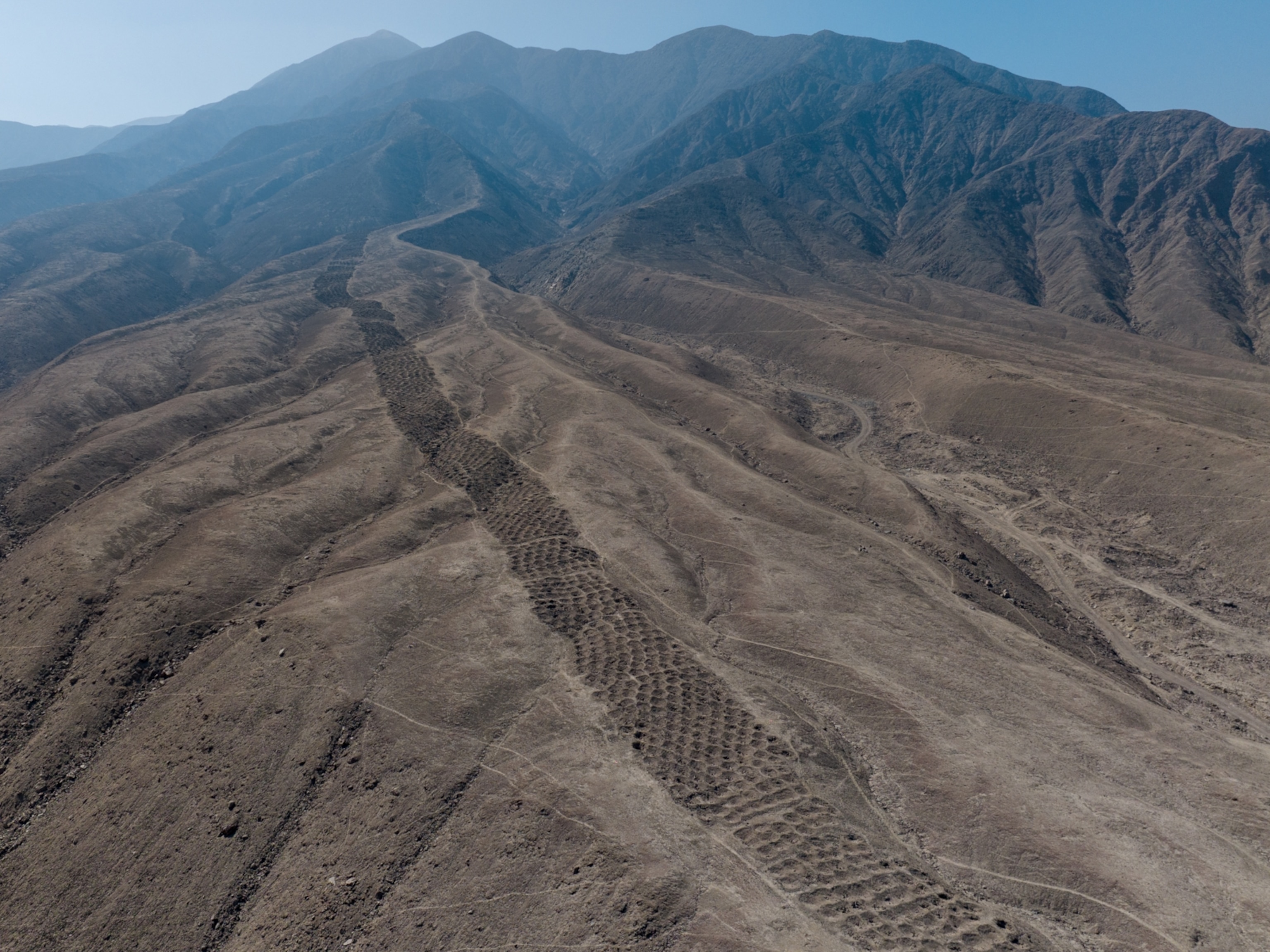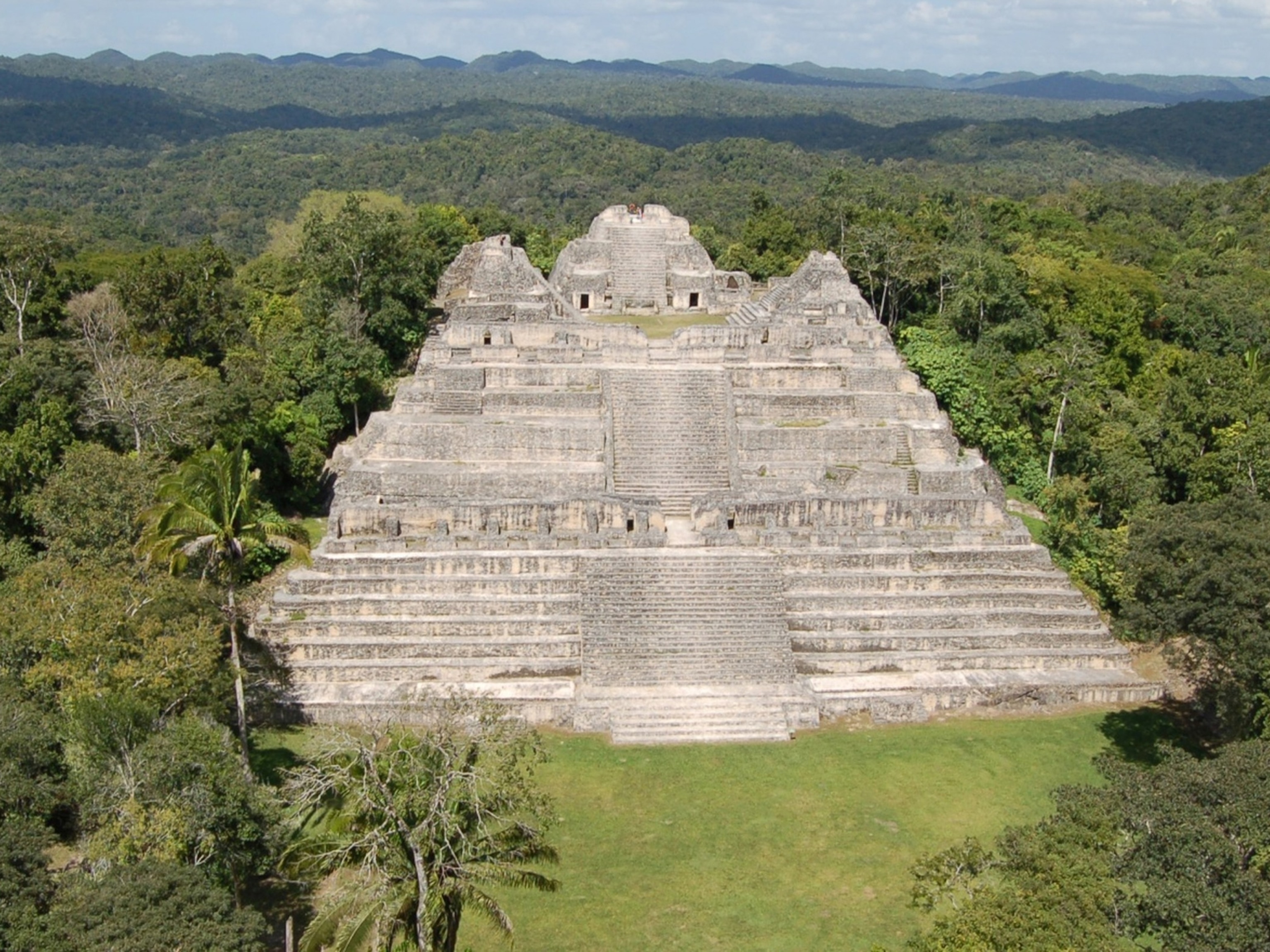
Ancient Islanders Visited by Columbus Not 'Extinct,' Study Finds
By sequencing DNA in a 1,000-year-old tooth, researchers were able to find genetic matches between ancient and living populations in the Caribbean.
When Christopher Columbus reached the Caribbean in the 15th century, indigenous communities referred to as Taínos were heavily impacted—so much so that the region's history is often divided by historians as pre- and post-arrival.
A combination of disease, mass killings, and slavery killed as many as three million people in only a few generations, but a new study suggests that the genocide didn't lead to complete extinction as some suspected.
Published in the Proceedings of the National Academy of Sciences, researchers say the DNA of pre-Columbus indigenous populations is found in living people.
"It shows that the true story is one of assimilation, certainly, but not total extinction," said Jorge Estevez from the National Museum of the American Indian, in a statement. For Estevez, who consulted on the study, the result is personal. It supported an idea that his grandmother had always held to be true but didn't have the scientific evidence to support—that Taíno culture is very much still present.
In previous research, Estevez has suggested that by labeling the region's people as "extinct," little work has been done to understand the Caribbean's present customs and folklore. Estevez could not be reached for further comment at the time of this publication.
Working Backwards
"There are communities in the Caribbean that have always argued for continuity even though they have been told that their ancestors went extinct," says Hannes Schroeder, an author on the paper who has conducted research in the region for more than a decade.
To see whether there were any remaining members of Taíno populations, the team had to detect the presence of genetic material predating the arrival of Columbus in living populations.
Extinction of an ethnic group occurs when, "you have every member of this particular group dying out and they're unable to pass on their genetic material," he says.
Previous studies suggested continuity, but theirs was the first to use DNA. They obtained it from an ancient tooth found in a 1,000-year-old female skeleton in the Bahamas. Tropical conditions like those in the Caribbean don't naturally preserve skeletons as well as hot, arid climates, so finding physical remains to sequence is rare. But the remains found on a tiny island called Eleuthera in the Bahamas are thought to be from a woman who lived 500 years before the arrival of Columbus.
The team compared her genome sequence to existing datasets of modern-day indigenous populations and found the ancient DNA had origins most like Arawakan-speaking groups in northern South America. In present-day populations, Taíno genes were most common in Puerto Rico, they found.
Ancient Migration
In addition to finding Taínos had survived European colonization, Schroeder was also able to glean information about possible ancient migrations.
Their ties to South America suggest an ancient migration from there. The Caribbean was one of the last regions to be settled in the Americas, roughly 8,000 years ago. When they migrated, ancient people may have carried their social networks with them.
"We have no evidence of inbreeding," Schroeder says, a surprising find for a skeleton found on an island as small as Eleuthera.
This supports archaeological evidence that indigenous cultures in the region were highly interconnected.
With a better ability to sequence ancient DNA, Schroeder says researchers will be able to trace other claims of continuity made by indigenous groups.




